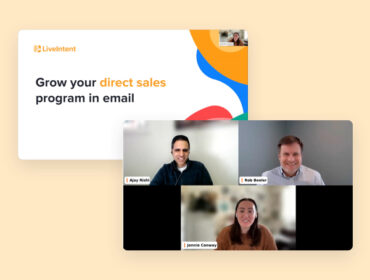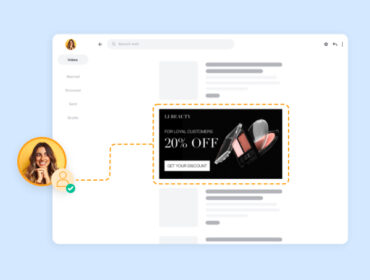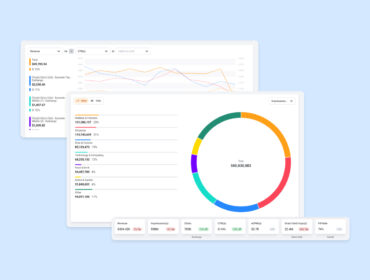Tips for packaging and selling your direct-sold email inventory
Direct selling email inventory is a practice that many publishers are familiar with, but how can you be sure that you’re properly taking advantage of this channel? There are a bunch of advantages to growing your direct-sold email program, but if you’re unsure of the how, here are a few possibilities to start getting the most out of your newsletter inventory.
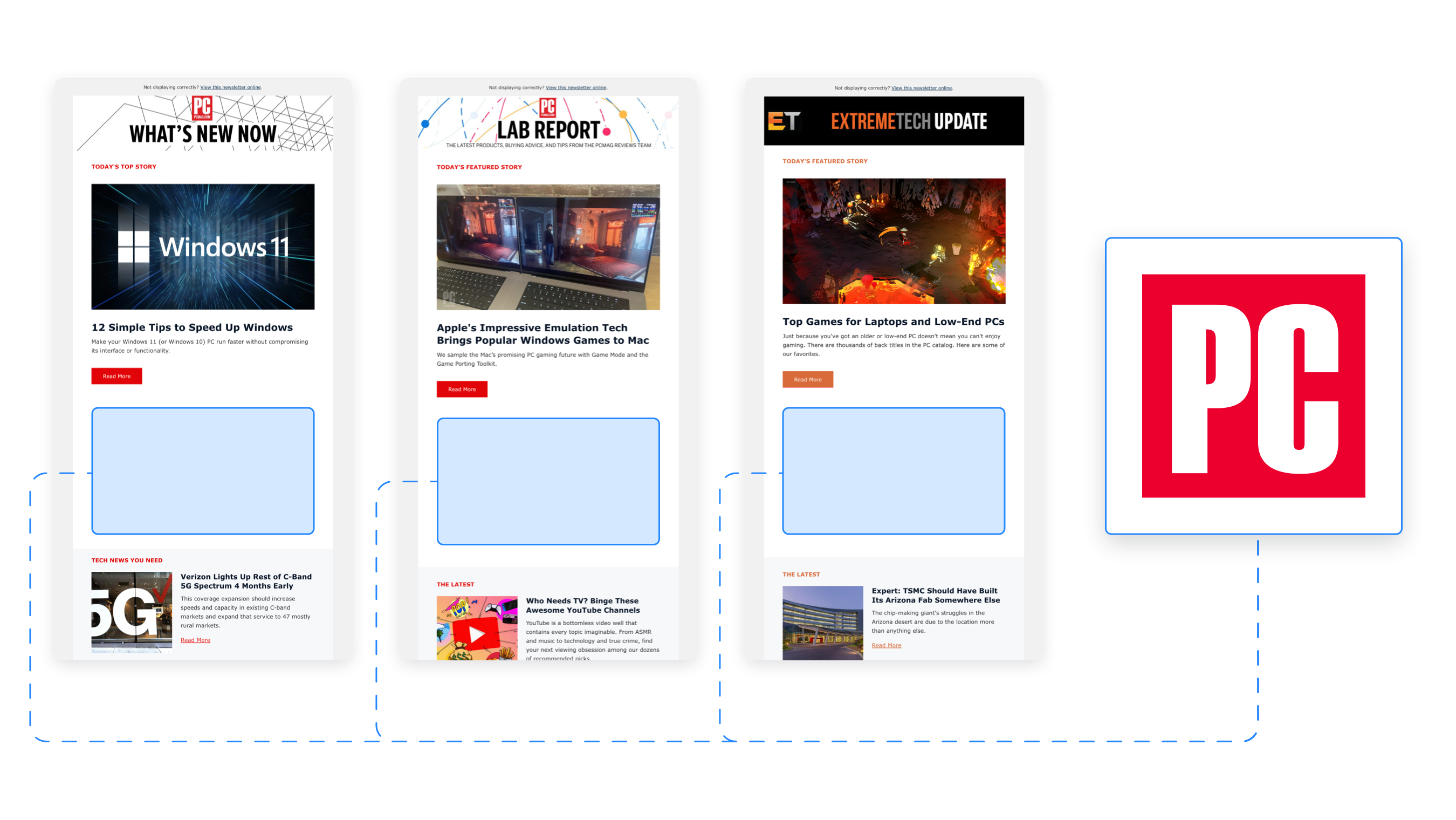
If you have multiple newsletters to offer advertisers, there are a few different ways you can package your newsletters by specific inventory for the most impact. By having an advertiser across multiple newsletters, it maximizes their reach and gets them in front of different audiences.
You can offer a package of all of your newsletters from a similar vertical. For example, if you have multiple sports newsletters, you can have a sports package so advertisers have the opportunity to be present in all of these newsletters and reach this entire audience. Or if you are looking to increase your fill rate more consistently, you can bundle together your inventory and sell based on guaranteed direct-sold impressions instead of a flat fee.
Another option is to offer packages for specific ad placements. You can package all of your native ad units together across newsletters in order to ensure brand safety, preserve the reader experience, and drive more revenue. If you have above the fold ad units, you can bundle those together to give advertisers the most visible, premium placement across multiple newsletters.
First, just to make sure we’re all on the same page: When we say “newsletter sponsorships,” this includes an advertiser logo placement at the top of the newsletter next to a line that says “Sponsored by” or “Brought to you by.” The beauty of newsletter sponsorships is that they’re flexible and you can tailor them to however it makes the most sense for you to sell these campaigns.
Offering a variety of sponsorship packages can bring in more advertisers as you grow your relationships with them in the newsletter channel. Include sponsorships that give advertisers 100% Share of Voice (SOV) in a newsletter with display and native ads as your premium option; and also provide a version for 25% or 50% SOV that includes only the display ads (or native ads) in a newsletter – the choice is up to you!
Now instead of selling daily sponsorships, we suggest having your sponsorship campaigns last for multiple days. It can be weekly, monthly, or a custom mix of days – let’s say every Tuesday send of a newsletter for three weeks, for example. This not only gives you a more consistent fill rate by booking multiple days at once, it also takes some operational lift out of your campaign setup process, and ultimately leads to bringing in more revenue because you can sell these multi. day sponsorships at a higher price point.
As we mention in the beginning of this post, if you have multiple newsletters as part of a package you can also offer sponsorships across newsletters to bring in more revenue and have a more consistent fill rate. Isn’t it great when things all come together?
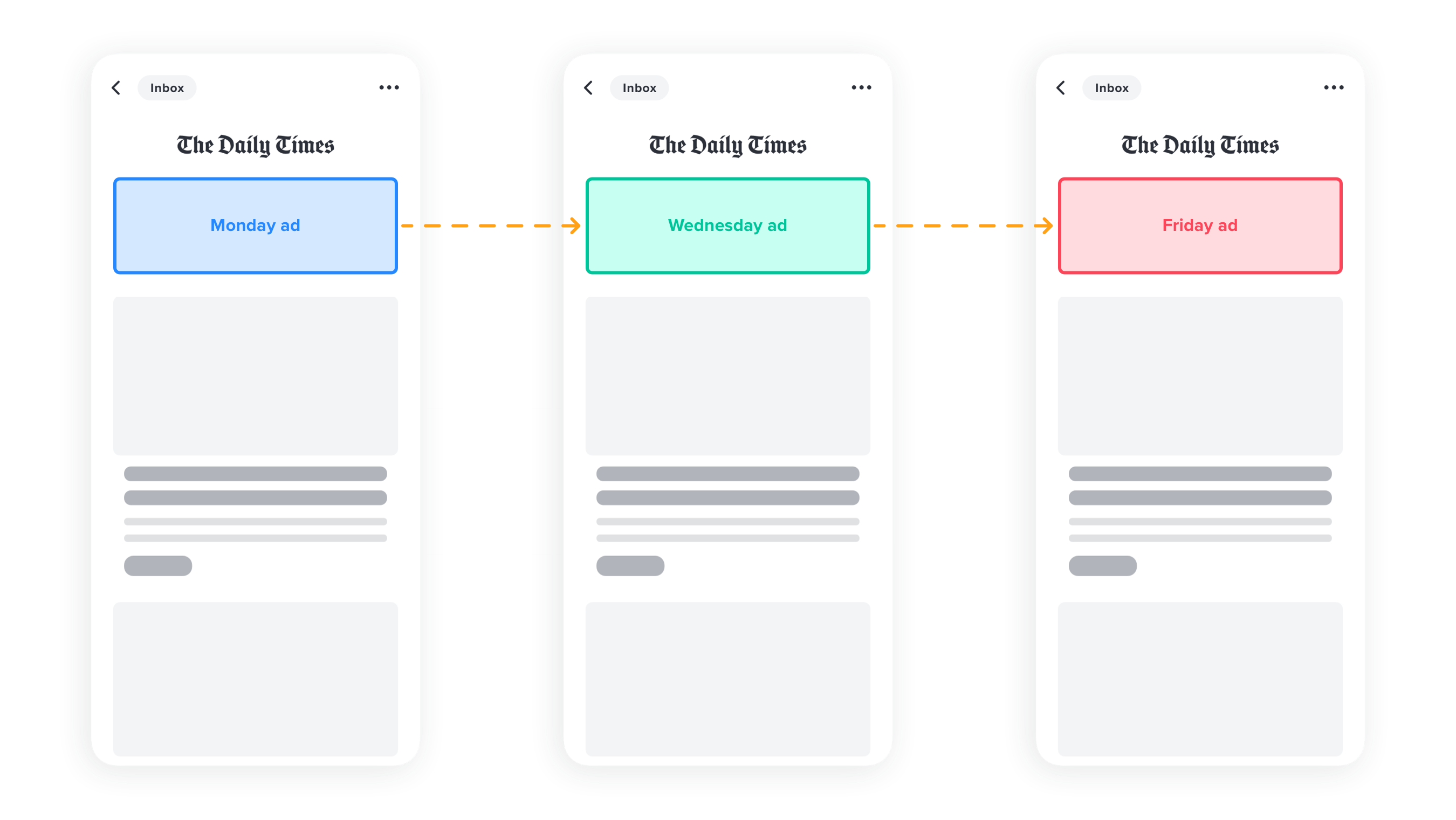
Use your creatives to tell a story
Our last fun tip is to build a sequential message with different creatives depending on the day of the week or audience.
This option enables you and an advertiser to tell a story over the course of a campaign with different ads. If a food delivery company, for example, wants to buy a weeklong sponsorship in your daily newsletter, the creatives can speak directly to the day of the week to entice readers to order dinner. You can build a sequential message with the same readers to bring a more personalized experience with the newsletter audience. So by the time Friday rolls around, those readers are convinced that yes, they do need to order pizza for dinner. And maybe garlic knots, too.
You can run a similar strategy with a specific audience instead of a newsletter. Maybe a large part of your audience for a health & wellness newsletter is male between the ages of 30-45, and a running shoe company is interested in reaching that demographic. Utilizing your first-party data, those ads can be included in the newsletter sends to target that group.
This may sound like more work than your team can take on, but that’s where LiveIntent can come in. By using LiveIntent’s ad server to set up and traffic these campaigns, you can easily build a creative story without having to constantly switch out ads in between sends.
Direct-Sold + Programmatic = Best of both worlds
Selling your email inventory directly gives you more control over the advertisers that go into your space, and ensures you’re getting the best price for that inventory. But if you don’t often sell your newsletter ad space directly, and you’re looking for demand that’s a little more consistent, you can reserve your most premium inventory (such as above-the-fold ad units, and marquee native placements) for direct-sold and open the rest of your inventory to programmatic display and native.
Keeping your other display and native ad units open to programmatic demand is a good option to supplement your revenue. It’s more consistent, and easier operationally, than direct-selling, so it’s a quick and easy way to have revenue always coming in. In the LiveIntent platform, you can control the demand that comes in from our DSP, and from our 3rd party DSP partners, by applying allow/block lists and sensitive category blocking. These tools will safeguard your inventory from ad creatives that don’t align with your brand or are inappropriate for your readers.
You can also optimize non-guaranteed direct-sold campaigns, by allowing them to compete against the exchange and drive up your CPMs. Read more about the Unified Auction here.
Your full email inventory picture
We’ve only touched the surface here on all the ways you can package and sell your email inventory, and optimize your direct-sold campaigns in email to meet your goals. Read more here about how LiveIntent’s ad serving features can meet your needs.
